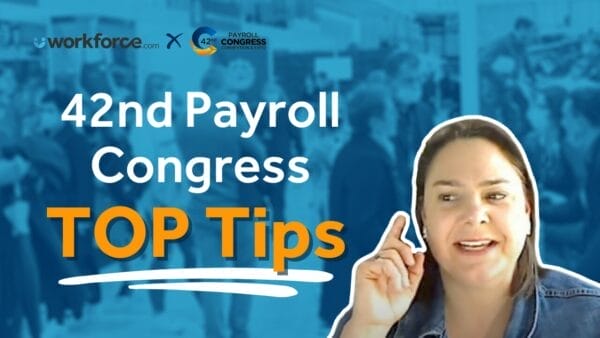Product
Solutions
Hospitality

Legal
Severance pay & final paycheck laws by state (2024)Summary There are no state or federal laws regarding severance pay. Organizations might...

Compliance
Minimum Wage by State (2024)Summary Twenty-five states are raising their minimum wages in 2024. DC is set to raise ...

Archive
Free Employee Change of Address Form [Template]Summary: Federal and state laws govern how employee records are kept and for how long. ...

Staffing Management
Rest and lunch break laws in every US state (2024)Summary Federal law does not require meal or rest breaks. – More Some states have laws ...

Templates
Time Off Requests: 5 Tips + Free Template (2023)Summary: Time off management is difficult when no company policy for leave requests and...

Training
Performance Improvement Plan: Guide + Template (2023)Summary: A Performance Improvement Plan (PIP) is a road map for employees to improve on...

Templates
Shift Swap Form: free template + 5 need to knows (2023)Summary Request and record shift swaps with a printable, free template Make your shift ...

HR Administration
Employee onboarding checklist: the basics [Free Template]Summary Effective employee onboarding is vital for retention. It should be an experient...
